How Iswaran’s Sentence Will Impact Singapore Politics

Former Singaporean minister S. Iswaran sentenced to 12 months in prison for accepting over $300,000 in gifts and obstructing justice

Former Singaporean minister S. Iswaran sentenced to 12 months in prison for accepting over $300,000 in gifts and obstructing justice
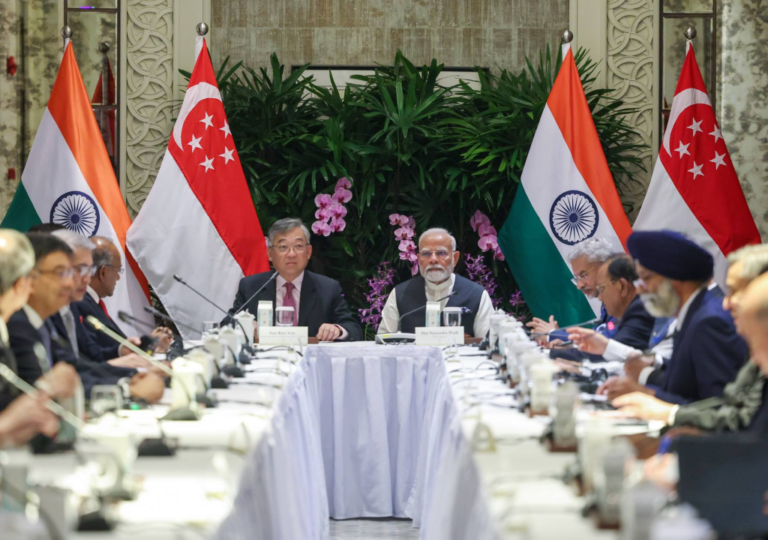
Singapore strengthens ties with India, signing agreements on semiconductor cooperation and exploring collaboration in technology and green energy
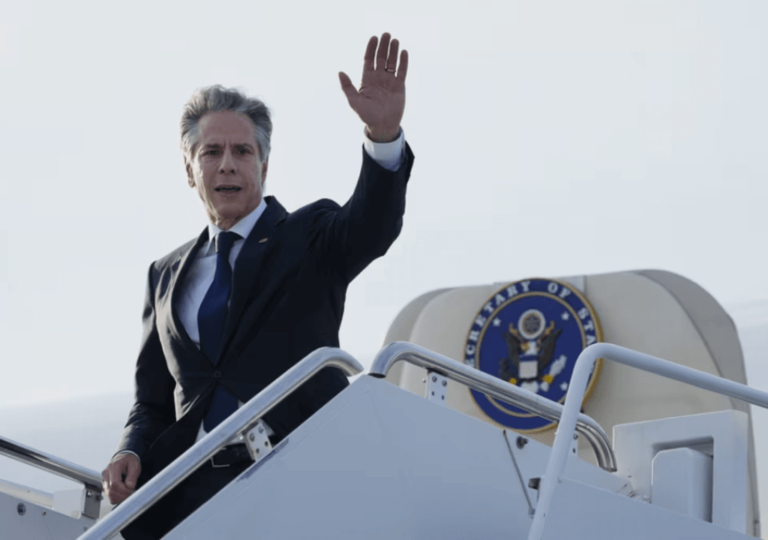
U.S. Secretary of State Antony Blinken visited Singapore to strengthen Indo-Pacific ties
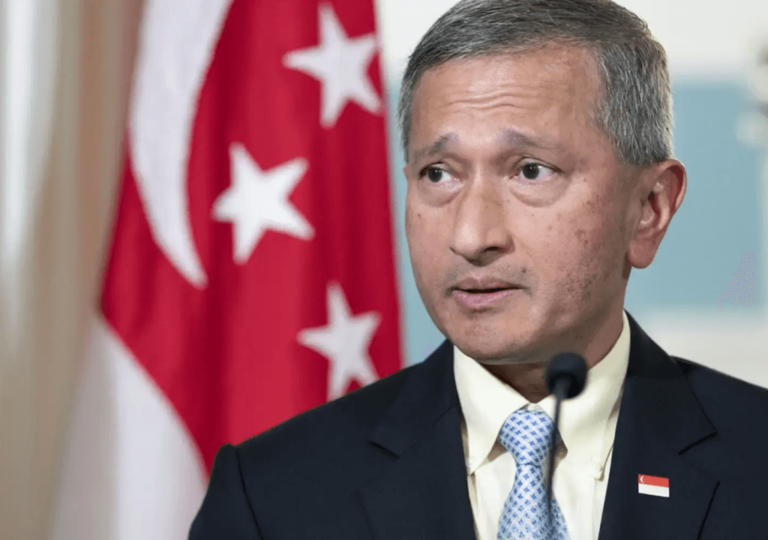
Singapore to recognize Palestine if effective government formed, denounces terrorism and accepts Israel's right to exist
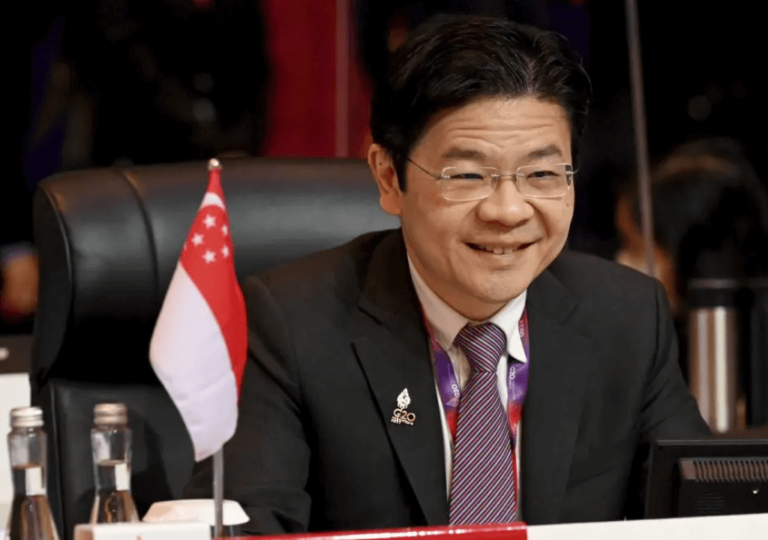
Singapore's general election may be held earlier than expected, with analysts suggesting a possible call as early as September.
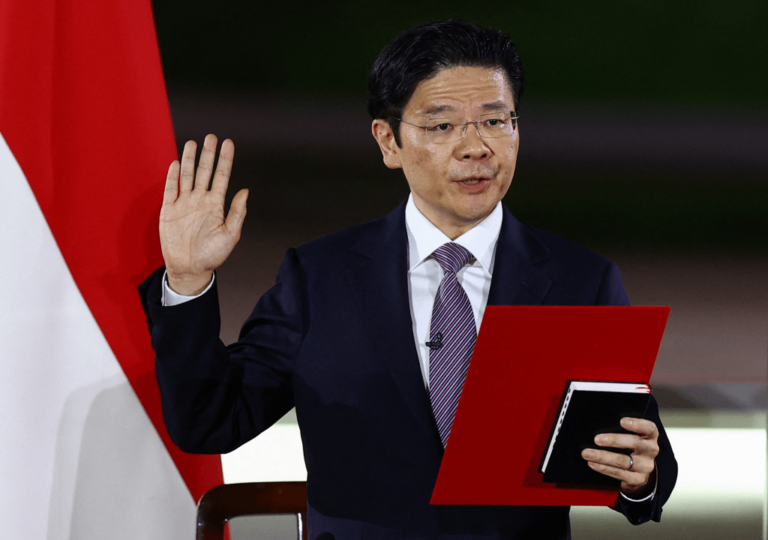
Singapore's PM Lee Hsien Loong steps down after 2 decades, passing the baton to Lawrence Wong, emphasizing continuity.

Singapore's DPM Lawrence Wong boosts social media presence to appeal to Gen Z voters ahead of 2025 election.
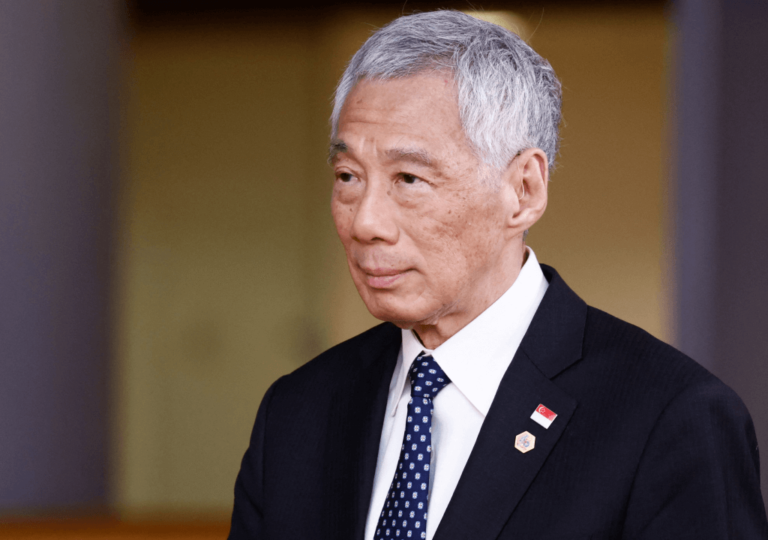
Amid Gaza-Israel conflict, Singapore navigates diplomatic ties. Prime Minister Lee congratulates Palestinian Authority, signaling nuanced approach to regional dynamics.

Swifties drive "Swiftonomics," boosting economies worldwide. Singapore sees a surge in tourism and bookings ahead of Taylor Swift's concerts.
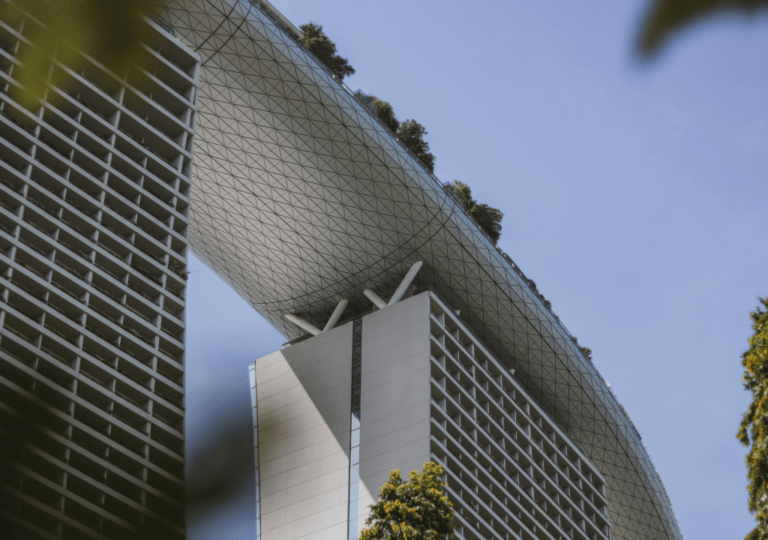
21st century hailed as Asia's era. Singapore triumphs over Hong Kong in corporate hub race. China's influence wanes, Singapore shines.